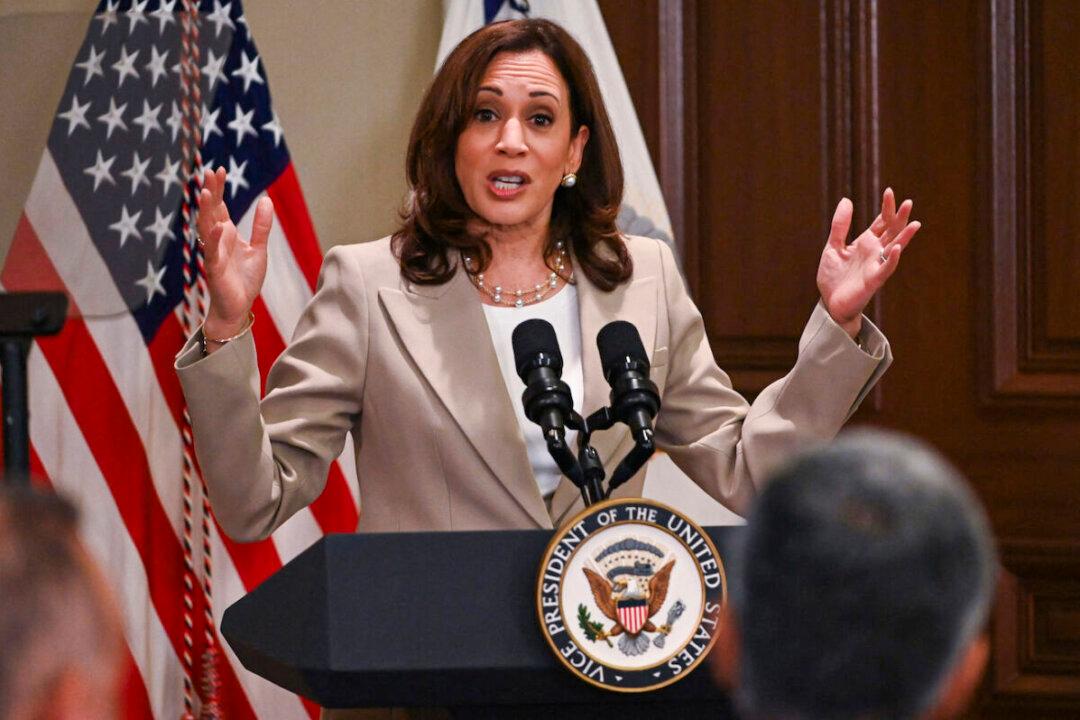The Biden administration announced a new task force called the “White House Task Force to Address Online Harassment and Abuse.”
In a statement on June 16, the White House said that President Joe Biden would sign a presidential memorandum to establish the task force, “responding to the need for government leadership to address online harms, which disproportionately affect women, girls, people of color, and LGBTQI+ individuals.”




